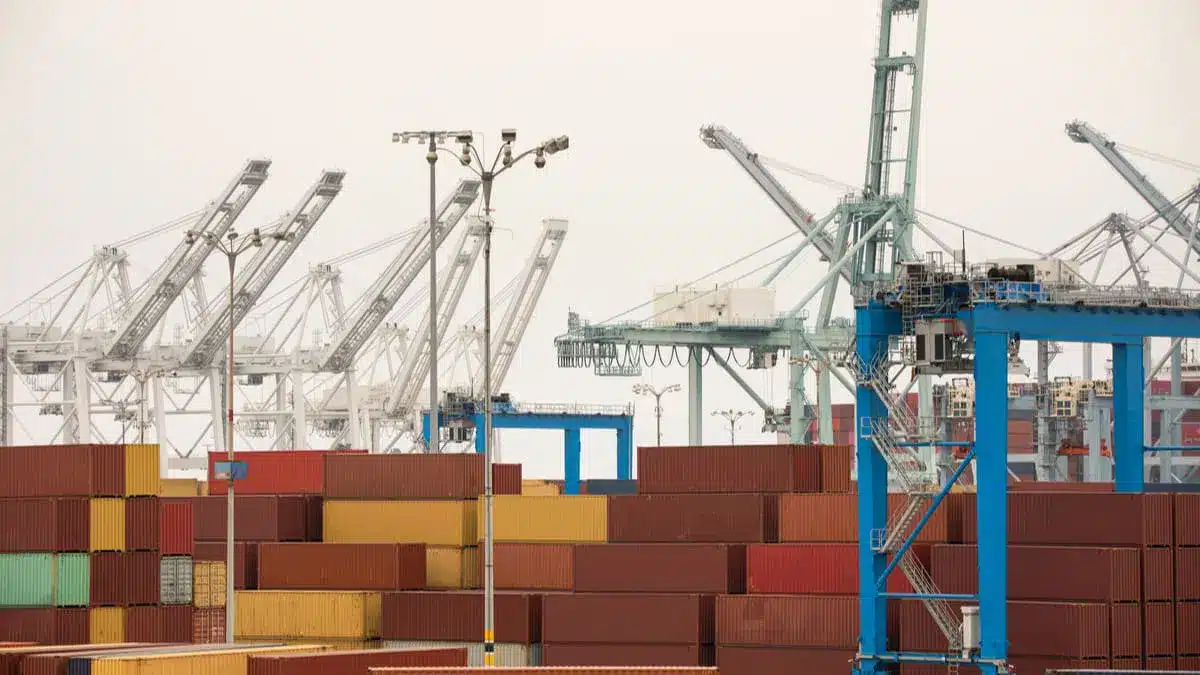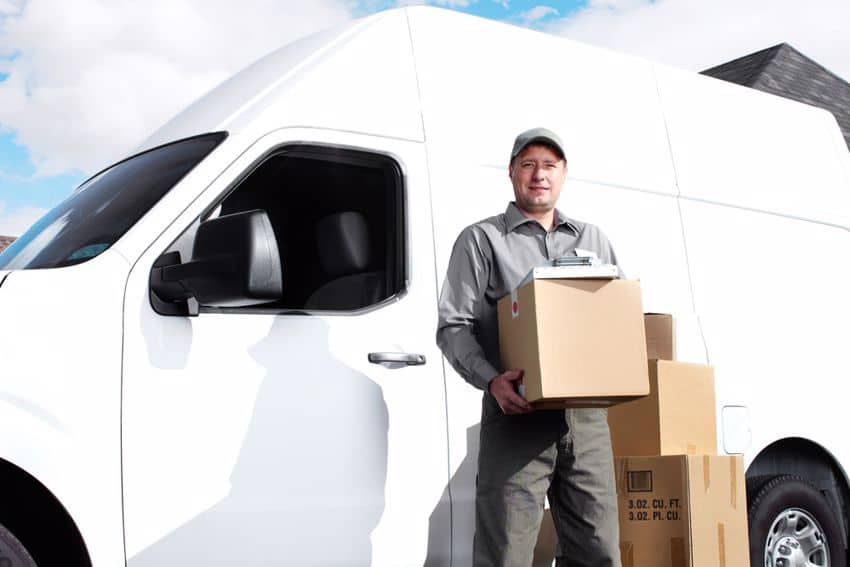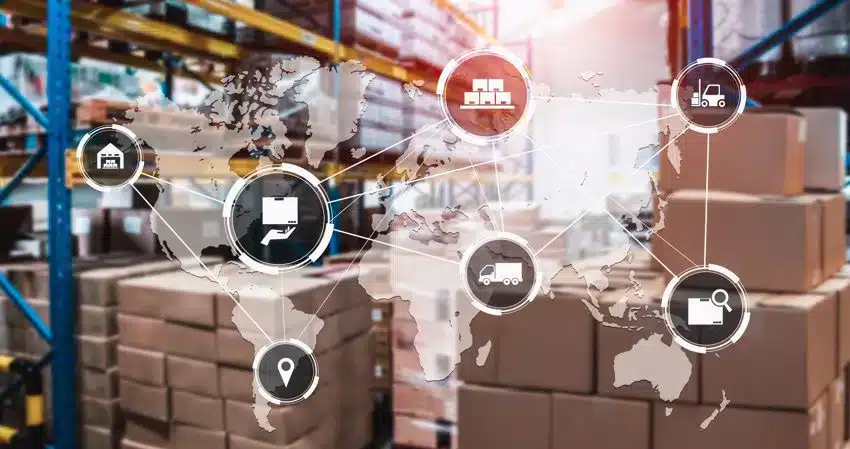The last two years have been a watershed moment for the logistics industry. The effect of the global pandemic on shipping during this time has been immense, and doesn’t seem to be going away. Shippers have had to deal with fluctuations in prices, shifting demand, shortages, excess inventory, and delays at every stage. All these factors are making many business leaders realize: Their supply chains are not as robust as they thought. The buzzword of the year so far has been ‘bottlenecks,’ and these logjams are driving decision makers around the world to desperately seek answers. But what do supply chain bottlenecks actually look like?
A supply chain bottleneck simply refers to any point in the chain, from material acquisition to manufacturing to distribution, where a delay will have a significant impact on the rest of the chain. This could be any number of things, but common supply chain bottlenecks are limited resource networks, storage options, labor, and transportation capacity. During the pandemic, transportation capacity caused the largest number of issues for shippers, as demand for home-delivery goods surged, and carriers across all modes struggled to keep up.
Solutions to Supply Chain Bottlenecks
While demand does seem to be slowing down, many companies have now seen first-hand the consequences of being caught unprepared. Carriers are working to improve capacity, and many nations around the world are looking to bulk up their shipping infrastructure, but why wait? There are things you can do right now to make sure your company is better prepared for the next major slowdown.
Here are 3 ways that you can proactively protect your supply chain from bottlenecks:
Network Analysis:
The first step to avoiding supply chain bottlenecks is understanding where your production, storage, and distribution sites are, in relation to your customers. Zero Down’s advanced Business Intelligence offering can provide the data you need to evaluate different locations for all of the above, as well as easily highlight your largest demand density zones. Comparing shipping costs and times along the different steps in your chain can help you determine which locations make the most sense, and help unlock unnecessary bottlenecks.
Diversified Carrier Portfolio:
On top of optimizing locations, a diversified carrier portfolio can also help keep your options open in the event of a slowdown. Having relationships with multiple national, as well as regional carriers, can allow your business to not only select the best rates, but also to pivot quickly in the event that one carrier is not available. Having multiple carrier options is also the best way to ensure your transportation rates are market competitive.
Transportation Management System:
Finally, using an advanced TMS platform will allow you to maximize your supply chain efficiency, no matter what’s happening around the world. Zero Down’s best-in-class TMS makes it easy to pull quotes from multiple carriers and shop by cost or delivery time, all in one simple to use online portal. The quickest way to mitigate a supply chain bottleneck is to go around it, and having the ability to easily pull quotes and select different carriers will give your company that option.
All supply chains are unique, and if the past two years have taught us anything, it’s that we never know what tomorrow is going to bring. Having a logistics partner that can not only identify potential bottlenecks in your supply chain, but offer solutions before they can affect your bottom line, is critical to staying competitive in today’s market.
If you want to see what you’re missing, and be prepared for whatever comes next, reach out to us today for a Free Demo.
You can be better. We can help.




